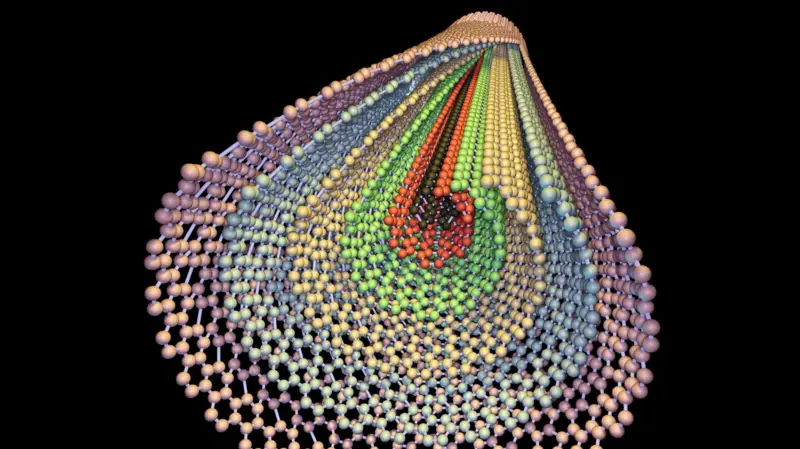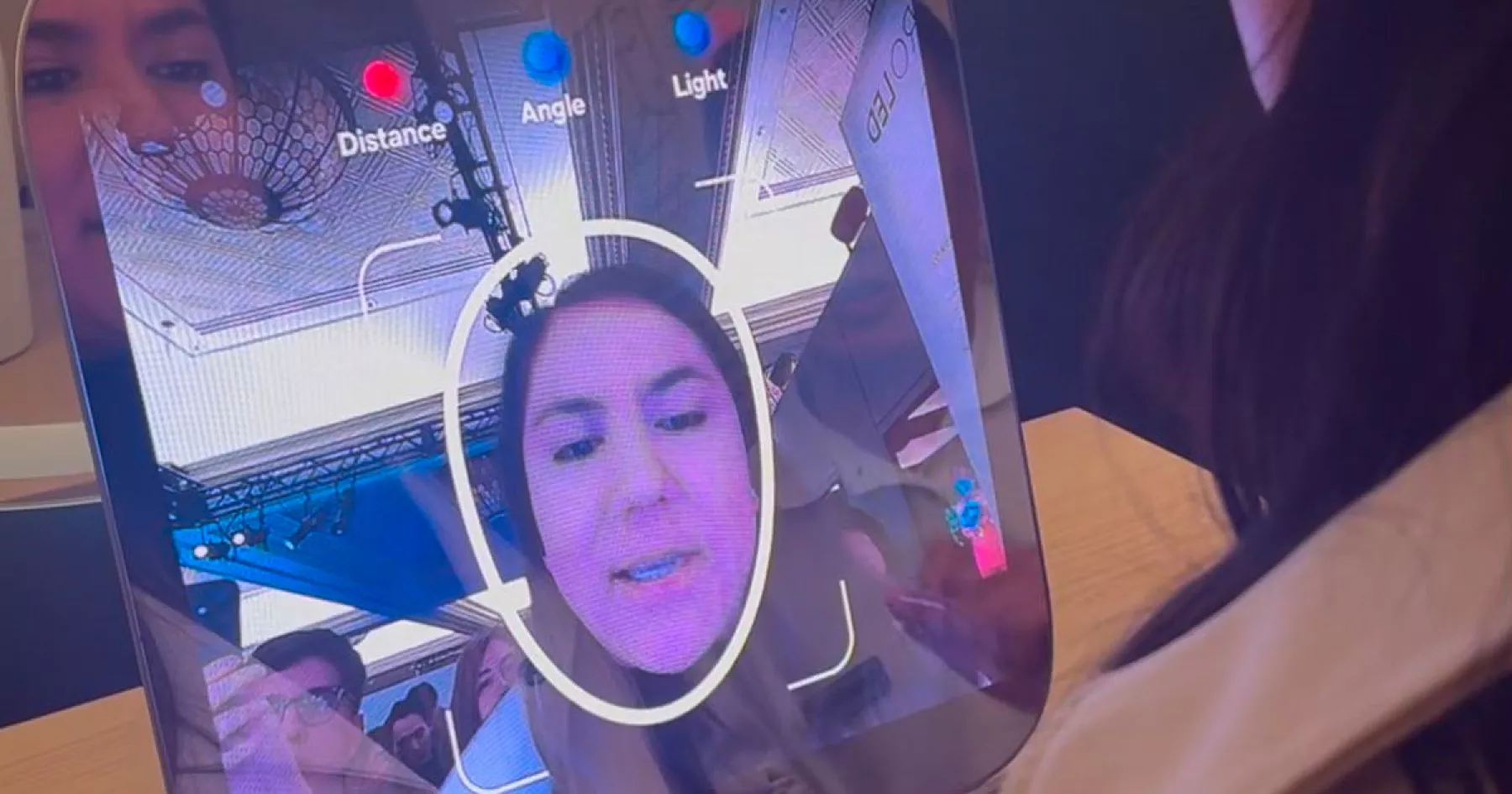
The supermaterials that will transform our lives in 2025 and beyond
January 1, 2025 Silicon anode batteries made from nanomaterials; recyclable carbon nanotubes; living tissues and organs created in laboratories
The impact of supermaterials on our lives has already begun.
Health is the area where the evolution of materials science and engineering is most impactful.
Will it be possible to create new artificial organs? Will implants be possible that, once placed in our body, are absorbed and at the same time regenerated with our own bone?
Will it be possible to customize any implant to the limits of the diameter of our arteries? Will it be possible to replicate diseases in artificial organs to test treatments before experimenting on living beings? Will we achieve the dream of eternal youth?
The revolution of implants and artificial tissues
The HUMANeye project team has developed and tested a shape memory corneal implant.
It is made from nitinol, a nickel-titanium alloy already used in stents, dental wires, orthopedic screws and other surgical supplies.
The results of HUMANeye open the door to solving corneal diseases, one of the main causes of blindness worldwide.
But the doors that shape memory materials open go much further. The shape memory alloys market is expected to grow at a CAGR of 11.2% from 2022 to 2029.
An innovative example of this technological advancement was presented at the Hannover Messe conference: the world's first refrigerator that cools itself using artificial muscles made of nitinol.
Nitinol implants are already being manufactured in the laboratory with a personalized shape according to the patient thanks to 3D printing. These implants self-expand once installed and avoid subsequent treatments that are often aggressive after the first surgery.
4D printing of memory materials allows the manufactured part to evolve over time in both shape and composition. This revolutionary process promises new opportunities in tissue regeneration and reconstructive surgery.
Bioprinting combines cells and biomaterials to create living tissues and organs that can be used to replace damaged or aged structures, as well as to replace animal models in drug trials or in the generation of disease models.
The creation of artificial tissues (such as bioinspired tendons) is already a reality.
Batteries with more memory from nanomaterials
Finally, nanomaterials will reach industry with the development of new batteries and new composite materials.
Using silicon nanofibers, anodes for Li-ion batteries can be manufactured with much greater storage capacity than the graphite anodes currently used (which is also a critical material) and requires many more recharging cycles.
These anodes are built from a product that is like a sheet of paper and is already a reality that is being manufactured in a pilot plant at the IMDEA Materials Institute's Floatech initiative.
But innovations in Li-Ion batteries go beyond the materials that make up the anode and cathode.
The use of nanoparticles makes it possible to avoid (or mitigate) the risk of deflagration of both electrolytes and casings.
Recyclable carbon nanotubes
Progress is also being made on one of the problems considered “endemic” to carbon nanotubes: their recycling.
A work recently published in the prestigious Carbon magazine advances the possibility of recycling them following the same scheme as a LEGOⓇ construction.
Recycled nanotubes could return to their initial state, like building blocks .
They could be dissolved and turned into liquid crystalline solutions, which could then be spun into a new high-quality fiber.
These advances, as well as the development of more recyclable polymers, open the way to new composite materials that will contribute, among other things, to creating a more sustainable aeronautical sector.
Nanomaterials will also help develop sensors that allow us to monitor any structural damage that may occur during flight.
With all this, we will have more sustainable and much safer aircraft.
Ductile, resistant and multifunctional materials at the same time
The emergence of high-entropy alloys in 2004 opened many avenues for development, putting the entire periodic table in the hands of those of us who design alloys.
Today we are very close to using these alloys to produce improvements in areas as diverse as the high temperature required in an aircraft engine and developing special magnetic and/or electrical properties, which are essential in the development of new ways of generating energy.
High entropy alloys allow us to develop materials that were unthinkable not long ago .
We are approaching the dream of what not long ago was a contradiction: materials that are resistant and ductile at the same time.
Leave a comment:


Tranding News










